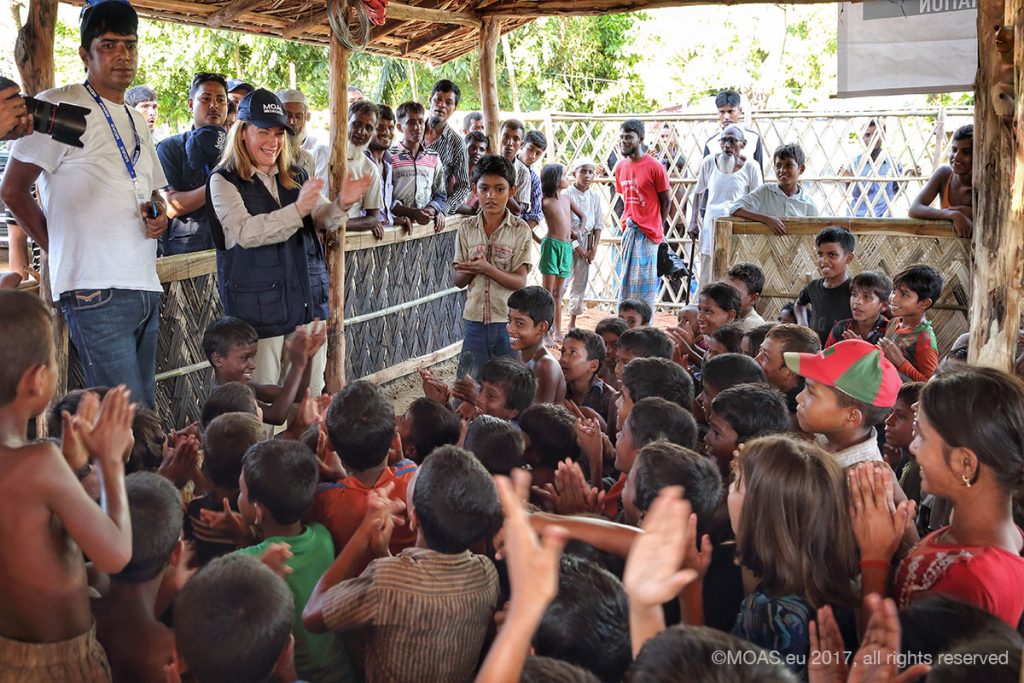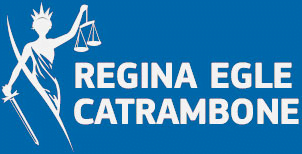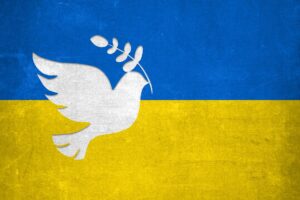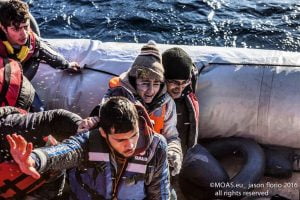“Art. 23. Each High Contracting Party shall allow the free passage […] of all consignments of essential foodstuffs, clothing and tonics intended for children under fifteen.”
If I read the 1949 Geneva Convention relative to the Protection of Civilian Persons in Time of War, I have the feeling that I am reading a science fiction book. While reading its articles that were meant to prevent the horrors which occurred during WWII, I feel a sort of emotional distance. After the end of that conflict at the very core of Europe which jeopardised our civilisation, people felt hopeless and dismayed. They wondered how it was possible to create concentration camps, to experiment on human beings and to reach such a level of barbarism. But, the biggest question was: How can we prevent this from happening again? What must we avoid at all cost?
Since the Nuremberg trials and the signing of a number of conventions consolidating Humanitarian Law, regulations safeguarding women and children have flourished. Additionally, rules were established to define how to treat prisoners of war, the elderly and the wounded. The ultimate goal was to prevent conflicts from triggering inhuman and degrading treatments, while protection was extended to “things”, namely to those “things” that ensure human survival. The idea was to protect infrastructures essential for the daily life of a community, such as schools or hospitals, and to safeguard every place where civilians find shelter. Furthermore, it was agreed that food and medical aid should be allowed and the evacuation of civilian persons facilitated under all circumstances.
This was the theory, but our actions differ from it. Last December, UNICEF clearly reported that in 2018, children were victims of unprecedented suffering due to wars and armed conflicts. In 2018, humankind failed children who were abused, recruited as soldiers, starved and abandoned. Children were wounded during explosions or attacks on school and hospitals, their life and childhood pulverised.

On January 5th, an Iraqi girl aged four perished along the route between Greece and Turkey, and her father claimed that “the Greek Coast Guard pushed people back”. The Aegean route was supposed to be closed in March 2016, but arrivals continued, as proven by overcrowded camps that embody the failure of European migration policies. Sanitation facilities are appalling at the Moria camp, where children are exposed to suicide attempts and self-harm. Many of the people trapped in this open-air prison come from the Middle East -ravaged by endless conflicts- and many others fled Syria where in 2018, “between January and September, the UN verified the killing of 870 children – the highest number ever in the first nine months of any year since the start of the conflict in 2011”. The is no safe haven for Syrians who continue to die in a sea of indifference, forgotten in refugee camps where winter enormously worsens their lives or displaced in their country of origin. Most of the victims are less than one year old, and they perish in a “man-made catastrophe” since medical and food supplies are banned, which is a breach of International Law.
Additionally, as I write, 13 unaccompanied minors are still waiting for a port of safety and adequate medical support in front of the Sicilian coastline, after being rescued by a humanitarian vessel. In Yemen, civilians are so desperate that they live in caves and lack any alternative to displacement. It is estimated that in Yemen one child dies every ten minutes due to treatable diseases, and 400.000 children suffer from acute malnutrition. In 2019, 2 million Yemenis will exclusively depend on food assistance to survive, because families can’t afford food. However, humanitarian organisations can’t access the country, and this means that food and medicines are still out of reach. Last December, MOAS launched a campaign to bring the Phoenix to Yemen, support trapped civilians in need and keep hope alive, as we did in Bangladesh with our Aid Stations.
At the time of the Rohingya exodus, MOAS immediately reacted to assist a historically persecuted minority, arriving en masse to seek refuge in Bangladesh. In overcrowded Bangladeshi camps, I experienced again the consequences of human indifference. Being a mother myself, I shared the fears of many Rohingya mothers who lost their husbands due to ethnic cleansing in Myanmar and found shelter in unsafe camps. Exploitation of child labour, sexual abuse, kidnappings were real risks for people who already lack everything, from food to healthcare and clean water.
When we call for the protection of children’s lives in the present, we are not using a strategy to grab the attention of a distracted audience. Every single person who doesn’t want to ‘suicide’ the future of entire generations and of humankind has a duty to do the same. We must start again from children, who are the foundation of our society and constantly under attack.
This article was originally published by the Italian magazine VITA
Please click here to read the original version



